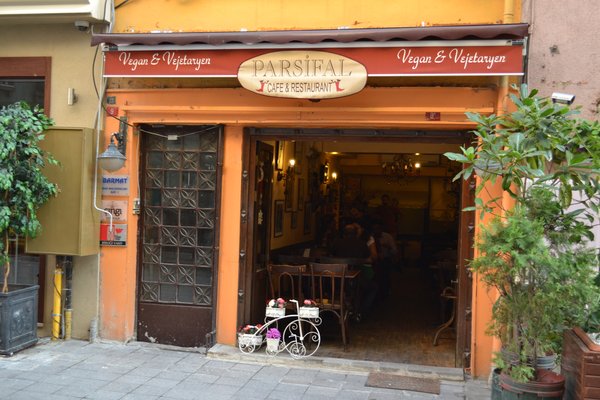Planning last minute holidays to Sardinia? While holiday planning may be daunting, with a few tips, patience, and an open mind, anyone can plan a successful getaway to this picturesque Mediterranean island. The important thing to remember when preparing is to do your research.
Getting There and Getting Around
Being the second biggest island in the Mediterranean Sea, there is a lot to explore in Sardinia, including the beaches, the ancient churches, the local cafes, and the magnificent ruins. But all of these beautiful sites may be out of reach if you don’t plan properly with regards to getting around. Holidays to Sardinia can take many forms, and how much you see and do will depend on your expectations and ability to be flexible.
Sardinia has three main airports, in Cagliari, Alghero, and Olbia – all have direct flights to major cities all around the world. Moreover, there are many access points to island by ferry from different cities in Italy, including Genoa, Livorno, Naples, and Palermo. From this information alone you could plan an entire itinerary and make adjustments in your budget by saving money – whether travelling by ferry from another Italian city or getting a direct flight. Once you’ve arrived on the island, you should also familiarise yourself with the best ways to get around. Unlike other smaller islands in Italy, which you can easily tour on foot, Sardinia is best explored with a rental car or motorcycle. You can, of course, also travel by bus.
Don’t Skip the Beach
Some people may find it a bit exhausting to plan an itinerary that will take them from one big town to another every day. It might sound good on paper, and you’ll be able to explore plenty of the island’s fascinating history, but it could also sometimes take the fun and relaxation element out of your holidays to Sardinia. The solution is to factor in a few days just lazing on the beach. The island is renowned as having some of the world’s best beaches, and there are so many, you’ll be able to steer clear of the crowds if you’re savvy. Pristine San Giovanni di Sinis is a divine beach near the town of Oristano; it’s only half an hour away from the city, but is considerably less touristy than more popular destinations. La Pelosa Beach, another less crowded spot near a fishing village in Stintino, is breathtakingly beautiful with its fine, white sand, and blue-green waters. There are plenty more and sometimes it’s nice to just drive and stop where somewhere takes your fancy.
Accommodation
Last minute holidays to Sardinia, especially during peak season, typically mean that it’s more challenging to book affordable accommodation. However, there are several other options apart from the higher profile hotels. In Santa Teresa Gallura, for example, not only does the commune offer a superb beachfront and excellent scuba diving spots, but it also has a wide arrange of accommodation options. For families or groups with at least four people, renting villas can be your best bet – and will certainly give you the best value for your money. However, if you’re already having a hard time finding a villa, camping is a wonderful cheaper alternative. The camping area provides easy access to and from the beach and other nearby towns. Ultimately, whether you choose to stay at a luxurious hotel or villa or camp by the beach, this stunning island will not fail to delight in every way.











